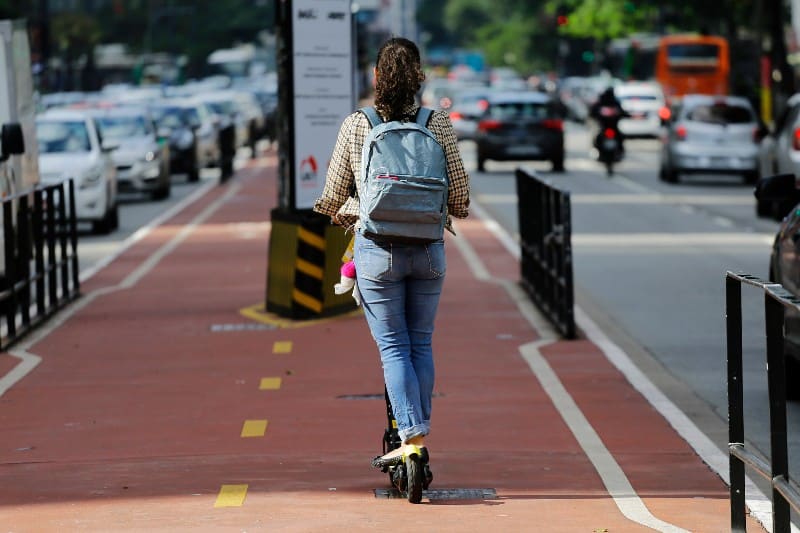Three Latin American countries–Chile, Argentina, and Bolivia–account for approximately 61% of the world’s identified lithium resources, notes Eduardo Porter, in his most recent Bloomberg opinion column. An essential component in lithium-ion batteries, these countries have a unique opportunity to jumpstart their advancement to high-income economies in the next decade. But if history is any indication, they will struggle to do so. In fact, as Porter points out in his piece, the strategies and policies these nations are executing are not encouraging.
How can they take advantage of what seems sure to be a windfall as the world transitions from fossil fuel-powered transportation to electrification?
First, an understanding of the different types of innovations, their respective benefits, and their impacts on economies is crucial. Second, leaders in these nations must focus on nonconsumption and not be lured by existing consumption markets.
An understanding of innovation activity in an economy and the unassuming power of nonconsumption
There are broadly three main types of innovation: market-creating, sustaining, and efficiency.
Market creating innovations target nonconsumers—the segment of the population who would benefit by owning or using a product but cannot due to the product’s cost, time, or the expertise needed to use it. These innovations transform complex and expensive products into simple and more affordable products, making them accessible to a wider segment of the population. In Brazil, for example, Nubank is making financial services more accessible to millions of Brazilians. In Mexico, Clinicas del Azucar is making diabetes care more accessible. These innovations create jobs, increase wealth, and generate taxes as they serve a whole new population of people who historically couldn’t afford products and services on the market.
Sustaining innovations make good products better. These innovations target demanding, high-end customers with better performance than what was previously available. Although also a critical component in the economic engine of a region, sustaining innovations do not typically expand the market for a particular product as they target existing consumption. As such, they have a substitutive effect on production and consumption. In other words, when companies produce newer and better products, they stop producing and selling older versions. As the market for electric cars grows, those unable to purchase internal combustion engine-powered cars will have a hard time purchasing electric vehicles. So, the market for electric cars is limited unless companies focus on serving nonconsumers of automobiles.
Efficiency innovations make good products cheaper and enable companies to do more with less resources. These innovations free up capital but are notorious for either eliminating jobs or not creating new ones. Efficiency innovations come in all shapes and sizes, from outsourcing company operations to lower cost regions to leveraging technology that improves efficiency. Resource extraction industries are notorious for efficiency innovations.
Chile, Argentina, and Bolivia run the risk of leveraging their vast resources by promoting investments in efficiency innovations. The good news is that resource extraction generates cash, but hardly ever creates jobs that lead to economic prosperity. Thankfully, these governments are looking to add more value to lithium by seeking investments that will not only make lithium-ion batteries in their countries, but also electric cars. Unfortunately, this might be misguided. These governments should focus on nonconsumption instead.
Building industries that serve the existing consumption economy in automobiles will not create the significant growth these regions need. They will have to compete with other regions, such as China, Germany, and the United States, with decades of experience in manufacturing, supply chain, logistics, human capital development, and so on. This is often a losing battle especially when making a product as complex and highly regulated as cars. They will also be going after a market with limited growth prospects as defined by the amount of people globally who can afford electric cars. Globally, fewer than 7% of people live on more than $18,250 annually. Most people are riders, not drivers.
A better strategy is for these countries to focus on micromobility which addresses the nonconsumption of mobility. Who and where are the billions of people globally who want to move around more freely but can’t today due to the cost? They need not go far. Sales of new vehicles in Latin America are on the decline and account for less than 10% of global sales of cars.
By focusing on the micromobility industry–electric bicycles, scooters, and other small electric vehicles–these countries have the opportunity to create new markets that will empower billions of people globally to move more freely. Not only will this create new wealth, but it will also have a positive impact on the environment. This is how Latin America should leverage its large lithium deposits.



